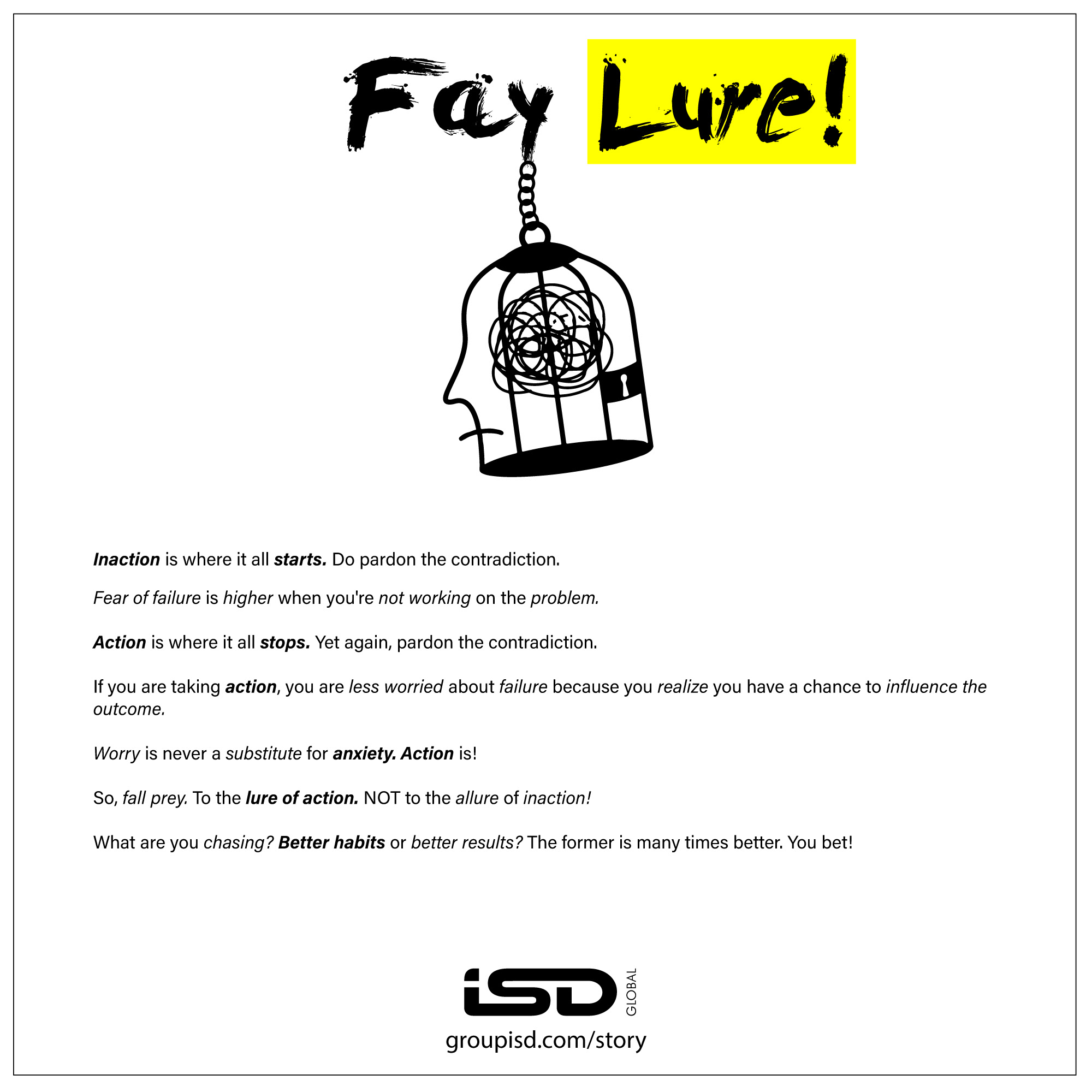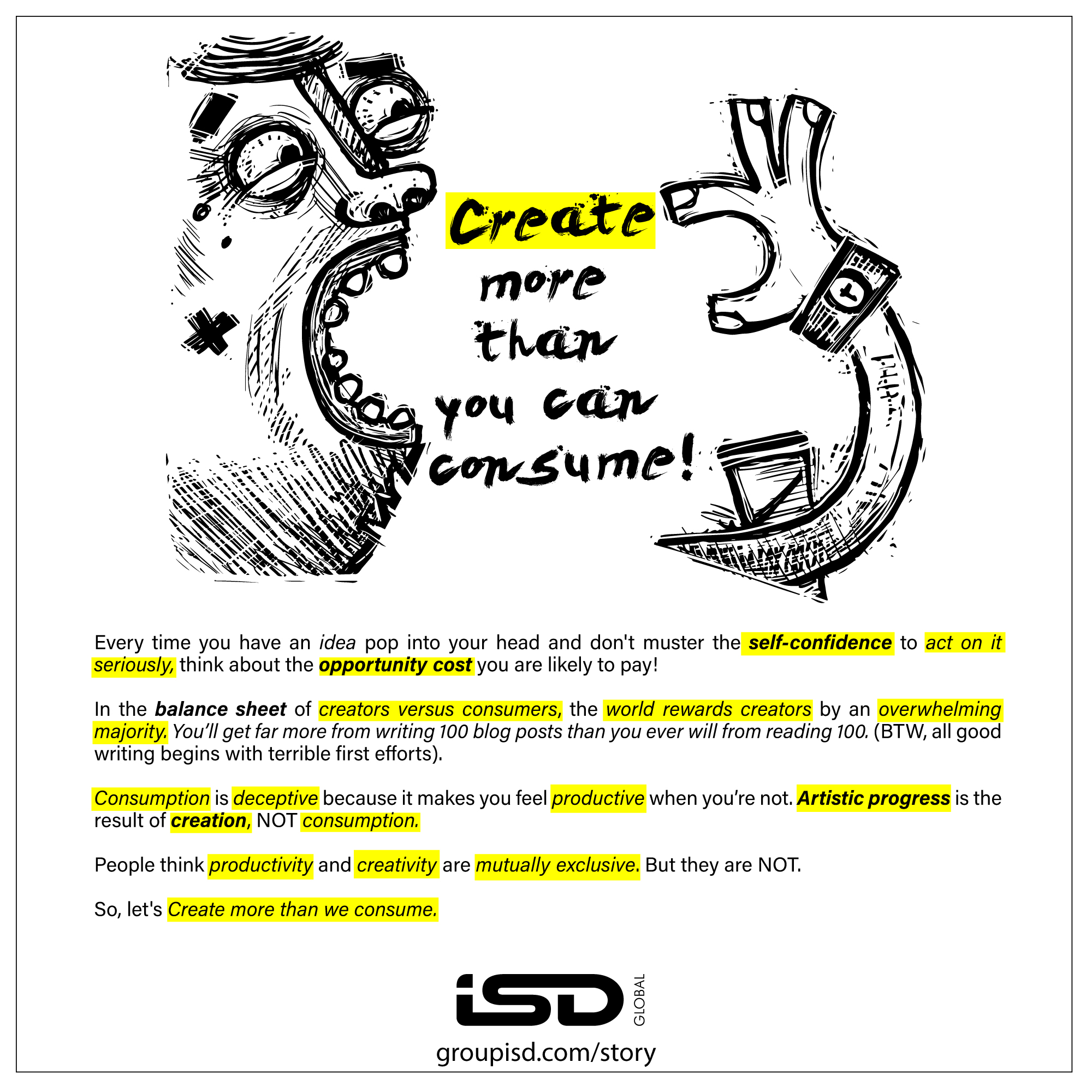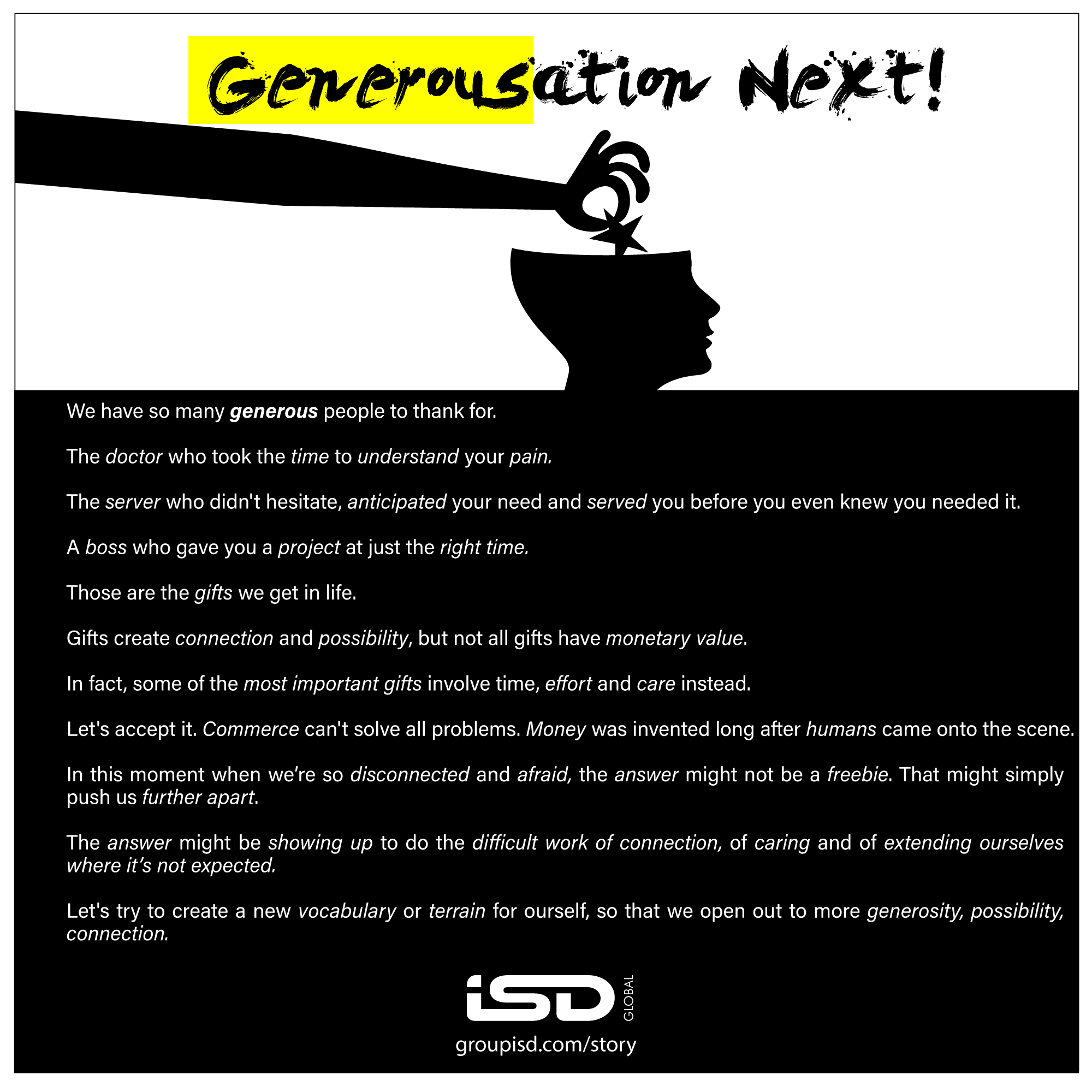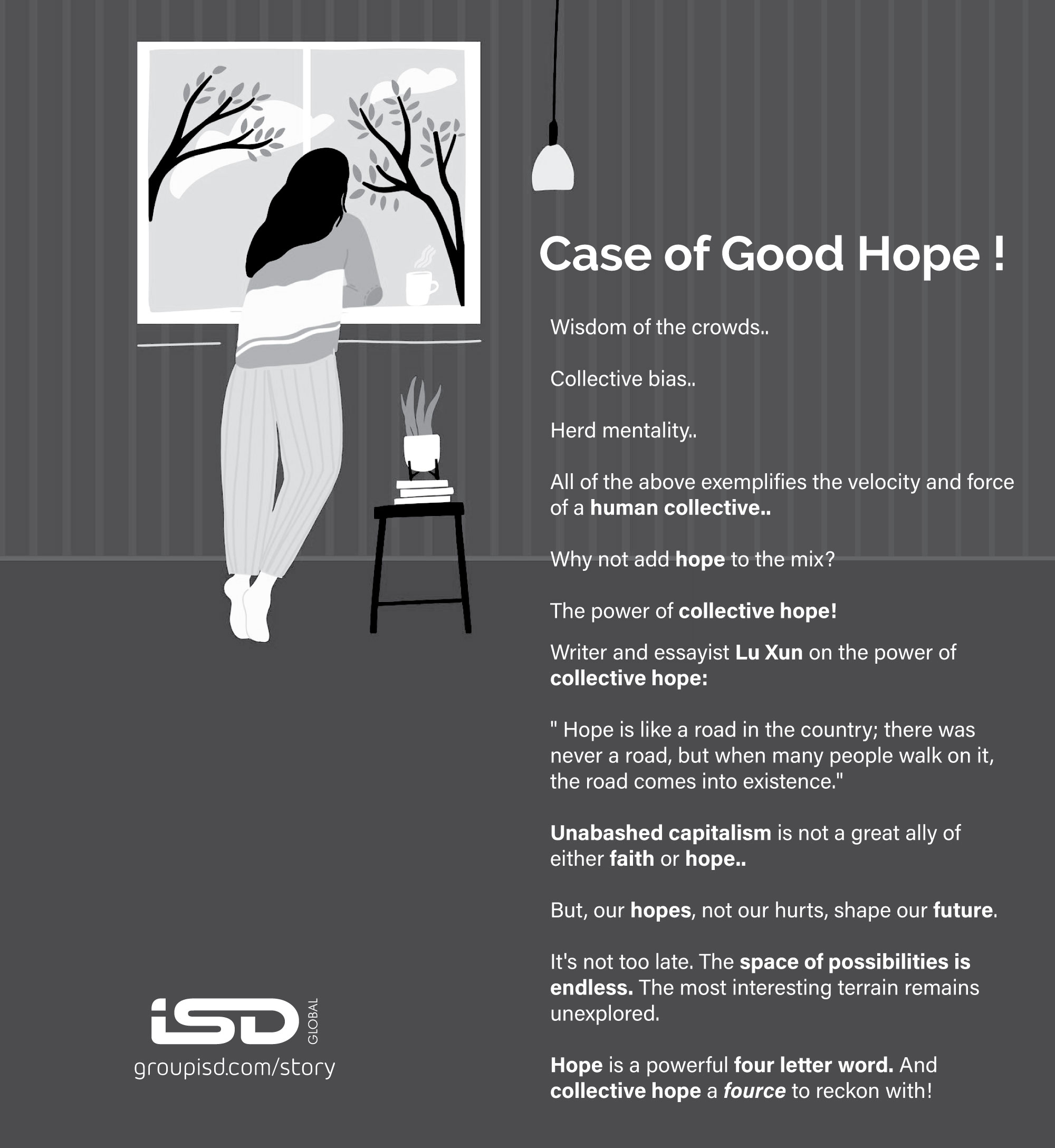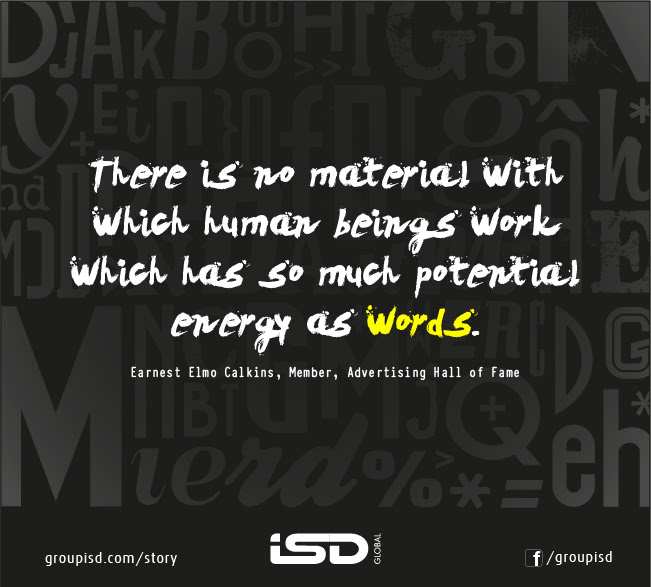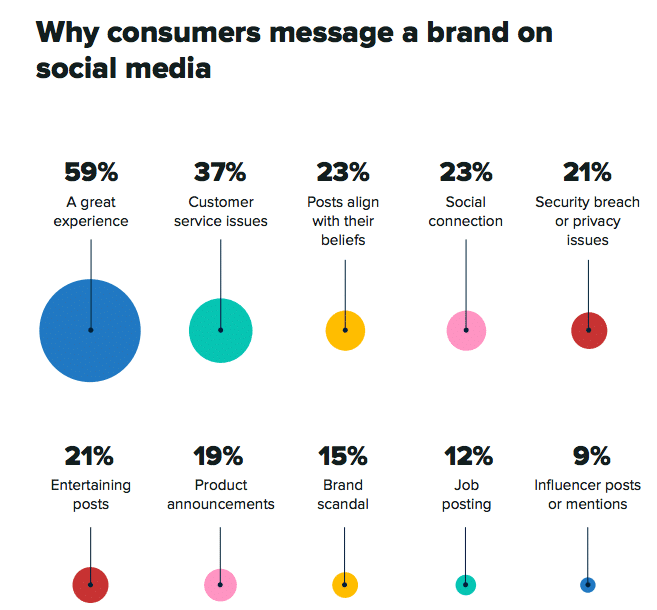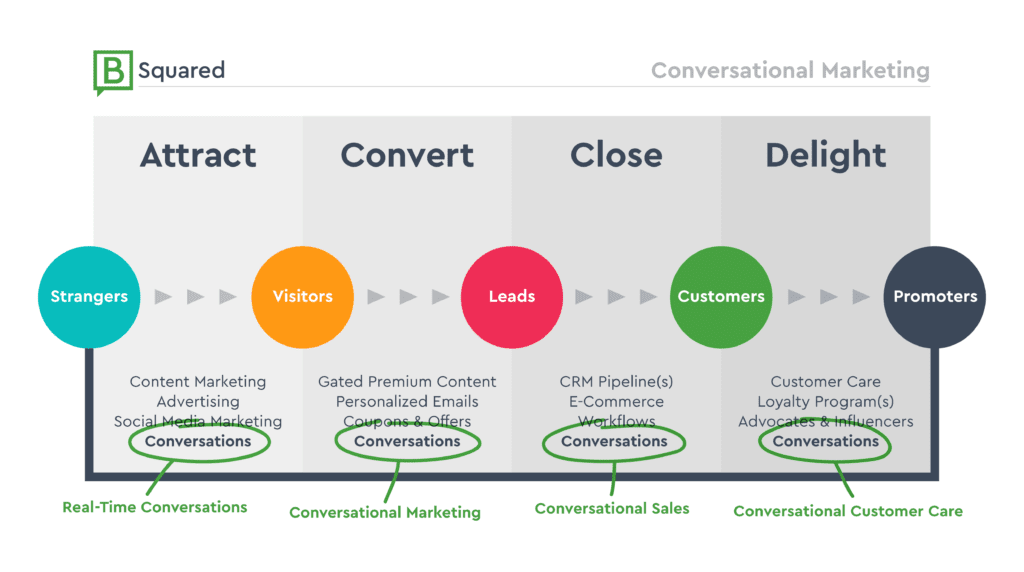125 years is a long amount of time. The AIDA model was developed by the American businessman, E. St. Elmo Lewis, in 1898. The original purpose was to optimise sales calls, specifically the interaction between seller and buyer concerning the product.
Just to expand on the acronym(and the obvious):
- A = attract
- I = interest
- D = desire
- A = action
Of course the AIDA model is helpful as it provides focus on each area of the customer journey. That being said, allow me a bit of purposeful provocation.
Let’s look at a few reasons why the AIDA model is up for scrutiny:
– Post the ‘ action ‘ stage, the brand is not engaging or conversing with the customer. There is nothing happening after the purchase. In the context of how important customer retention and loyalty is for marketers, this is a pain point.
– In fact, the majority of actions taken by users on social media when it comes to reaching out to a brand involve experience (aka they’ve already interacted with your brand) and for customer service issues (aka they’re already a customer).
Pl refer to the below infographic from Sprout Social on ‘ why consumers message a brand on social media ‘:
The prognosis is that on social media, nearly 96 percent of people contact a brand beyond AIDA, assuming they’re already a customer.
– The AIDA model was constructed during a phase wherein we were in a ‘ Caveat Emptor ‘ or Buyer Beware situation. We are now in a ‘ Caveat Venditor ‘ phase or Seller Beware mode. All the more reason for brands to be in continuous engagement and conversation post action/purchase.
– In an increasingly commoditised world, Customer Experience is your best product.
– Incredible, always on accessibility has driven consumers to crave experiences that are both instant and convenient.
– Experiences are no longer between the company and the customer. Any customer experience can become public news overnight.
– Because it’s easy enough to find a great product for a decent price these days. What’s harder to find is a seamless, customer-centric brand experience.
– Brand Loyalty is on the decline. We are in a ”Switching economy”. 86% of customers would pay more for a better customer experience(Kolsky).
– The biggest thing missing when brands manage the customer journey? Conversations.
So, how do we look at a model that can replace AIDA? You must have heard of ‘ Conversational Marketing ‘ – this is more on the lines of ACCA:
A: attract
C: convert
C: close
D: delight
The below infographic devised by B Squared Media is self explanatory.
Think of conversational marketing as having real-time conversations with your would-be or actual customers.
The model is still pretty simple. Each part of the customer journey allows for conversations between you and your would-be (or actual) customers. And if we think about customer experience, that’s what sets the superior brands apart.
Everyone knows when they are dealing with a customer centric brand. It shows. You can feel it. Sure you can go deep and crazy with customer experience but, you can also focus on conversations.
Conversations are the ignored, low hanging fruit of almost every business.
Just to let you in on a little secret: all of the marketing buzzwords(influencers! loyalty ! revenue !) live inside of customer care efforts and for some inexplicable reason, most brands are completely overlooking this part of the journey.
The script to write for brands and marketers in organisations is to move from ROI (in the conventional sense) to ROE( Return on Experience). And any kind of transformative customer experience begins with an engaging employee experience.
In a culture of immediacy, people are becoming ever-more impatient when it comes to their transactions and brand engagement.
Some Food For Thought
– More than half of consumers (55 percent) have intended to conduct a business transaction or make a purchase, but decided not to because of a poor service experience- American Express
-89 percent of consumers have stopped doing business with a company after experiencing poor customer service- RightNow Customer Experience Satisfaction Report
-50 percent of consumers give a brand only one week to respond to a question before they stop doing business with them. – RightNow Customer Experience Satisfaction Report
– A 10% increase in customer retention levels increases the value of a company by 30%- Bain & Company
– You need to get to the future, ahead of your customers, and be ready to greet them when they arrive”- March Benioff, CEO, Salesforce.com
Before I sign off, some customer experience benchmarks that are worthy of emulation would include:
Walt Disney: Stooping To Excellence
ACE Hardware: Helpful Hardware People
Ritz Carlton: Ladies and Gentlemen serving Ladies and Gentlemen
Amazon:Building the earth’s most customer centric organisation
A contrarian view as I hang up:
The truth is of course is that there is no journey. We are arriving and departing all at the same time: David Bowie
ENDS
https:www.groupisd.com/story
https:www.brandknewmag.com
https:www.brandknew.groupisd.com
https:www.weeklileaks.com
